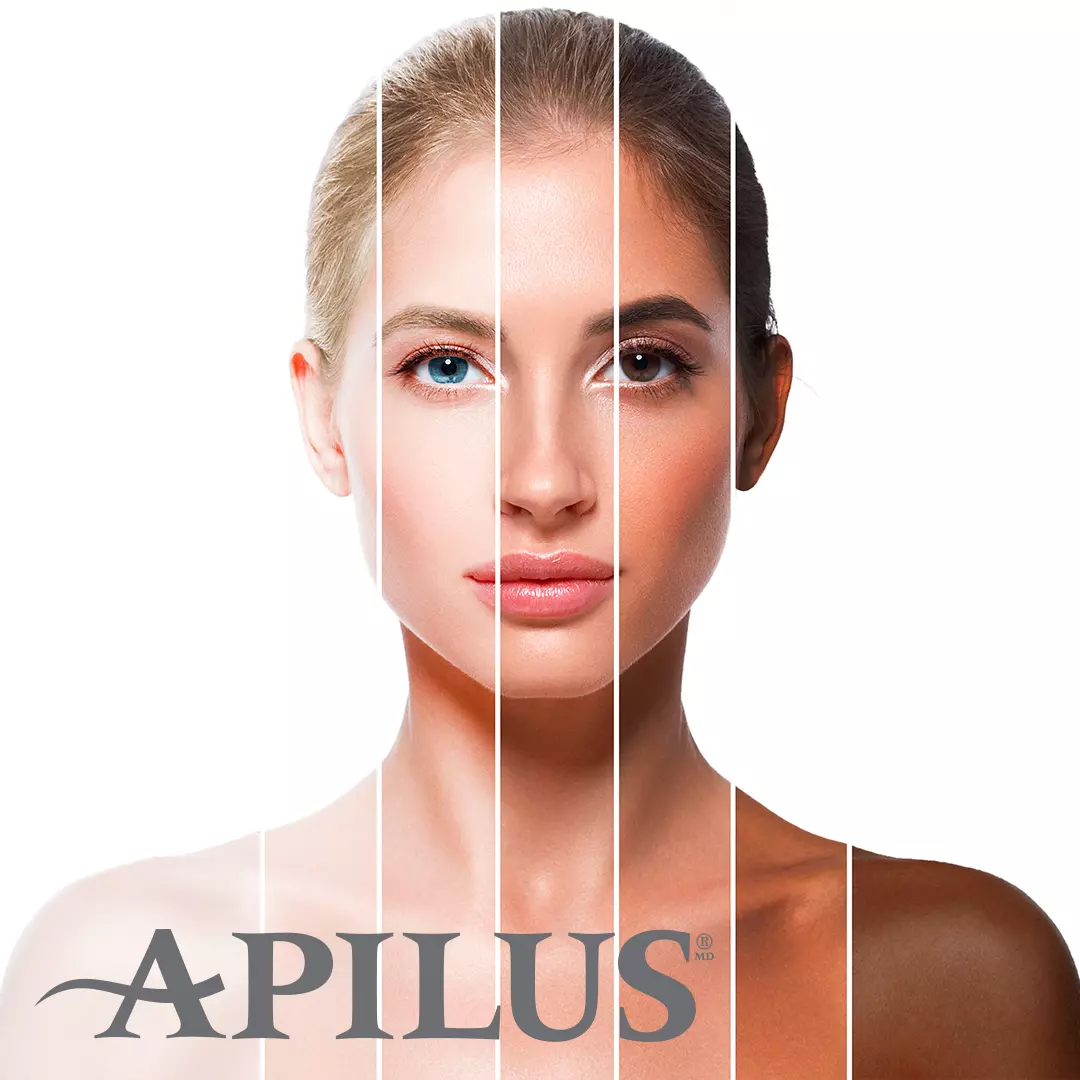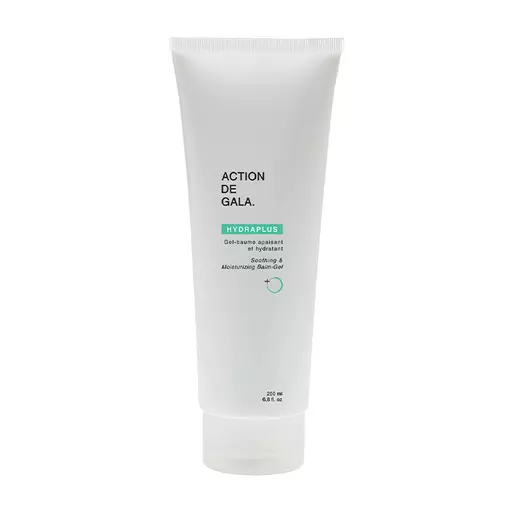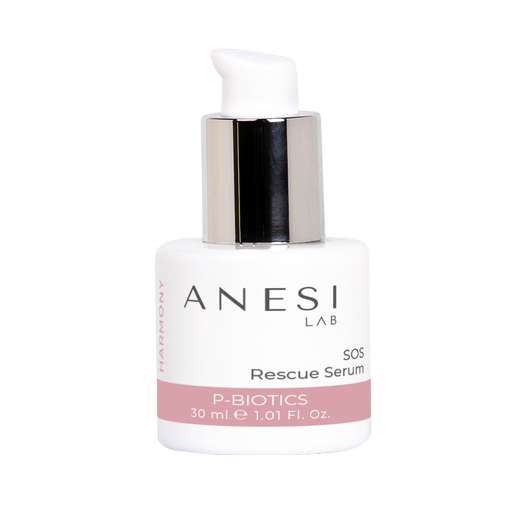Desktop
STRICTLY TRADE ONLY I 01480 404 200 I info@hofbeauty.co.uk
Strictly Trade Only
Top Brands
Free Delivery Over £75
Competitive Prices
Mobile
MENU
- Brands
- Action De Gala
- Anesi Lab
- Apilus
- Artecno
- Aviva Pro Gel
- Ballet
- Barbepil
- Carlton
- Daylight
- Depileve
- Hairwell
- iSol
- Lemi
- Mccosmetics
- Monuskin
- Overline
- Protec
- REM
- Retinol
- Silhouette
- SkinMate
- Apilus xCell
- Apilus Senior
- Apilus Junior
- Apilus Cleo
- Needles & Probes
- Infinity Face Lab
- Infinity Aqua Fusion
- Permanent Hair Removal
- Face & Body Therapy
- Spares & Accessories
- Steamers
- Sterilisers
- Hot Towel Cabinets
- Lamps & Accessories
- Heat & Paraffin Treatments
- Furniture
- Beauty Beds & Couches
- Vanity Units
- Reception Desks
- Manicure & Pedicure
- Beauty Trolleys
- Beauty Stools
- Beauty
- Beauty
- Waxing
- Microneedling & Mesotherapy
- Nails
- Manicure & Pedicure Products
- Prep & Finish
- Nail Kits
- Accessories
- Gel Polish
- Nail Extensions







